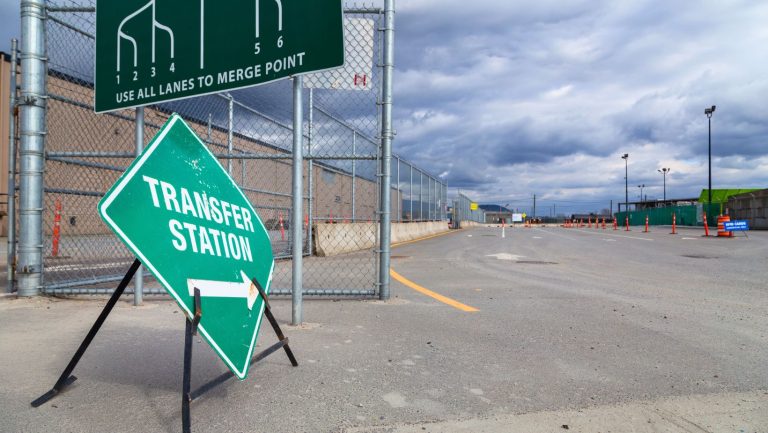Waste management is a critical aspect of every community, and it involves the collection, transportation, processing, and disposal of waste materials. As our population grows and urbanization continues to spread, the amount of waste generated is also increasing at an alarming rate. This poses significant challenges for waste management systems worldwide. One solution that has proven effective in addressing these challenges is the use of transfer stations.
What are Transfer Stations?
Transfer stations are facilities that act as temporary storage points for waste materials before they are transported to their final disposal location. They are an essential component of modern waste management systems and play a crucial role in managing solid waste in urban areas.
The primary function of a transfer station is to serve as an intermediary between collection vehicles and long-distance hauling trucks. Waste is collected from homes, businesses, and institutions and brought to the transfer station in collection vehicles such as garbage trucks or compactor trucks. At the transfer station, the waste is sorted, compacted, and loaded onto long-haul trailers for transportation to a landfill, recycling facility, or waste-to-energy plant.
How Transfer Stations Alleviate Waste Management Challenges
Transfer stations play a crucial role in alleviating waste management challenges faced by communities. Here are some of the ways they help:
Reduces transportation costs: By acting as an intermediary, transfer stations reduce the number of trips needed to transport waste from collection points to final disposal sites. This results in significant cost savings for waste management systems.
Increases efficiency: Transfer stations allow for the consolidation and sorting of waste materials, making it easier and more efficient to transport them to their final destination. This also helps in diverting recyclable materials from landfills, reducing the need for new landfills.
Improves safety: Waste collection vehicles often face challenges such as traffic congestion, narrow roads, and adverse weather conditions when transporting waste directly to a disposal site. Transfer stations provide a safer and more controlled environment for waste transfer, reducing the risk of accidents.
Minimizes environmental impact: By reducing the distance traveled by waste-hauling trucks, transfer stations help minimize air pollution and greenhouse gas emissions. They also prevent leachate (liquid that drains from landfills) from contaminating the soil and water sources.
Facilitates better waste management practices: Transfer stations allow for the efficient sorting of waste, making it easier to separate hazardous materials and dispose of them properly. This helps prevent environmental pollution and reduce health hazards.
How Transfer Stations Alleviate Waste Management Challenges
At Recycling Specialties, we understand the crucial role that effective waste management plays in preserving our environment. That’s why we have established state-of-the-art transfer stations right here in Simcoe County. Our facilities are designed to meet the community’s needs by providing a local, convenient, and efficient way to manage waste, diverting as much as possible from landfills. We take great pride in ensuring that our operations contribute to a cleaner and greener community.
Contact us today for a customized waste management plan or to schedule a service.
